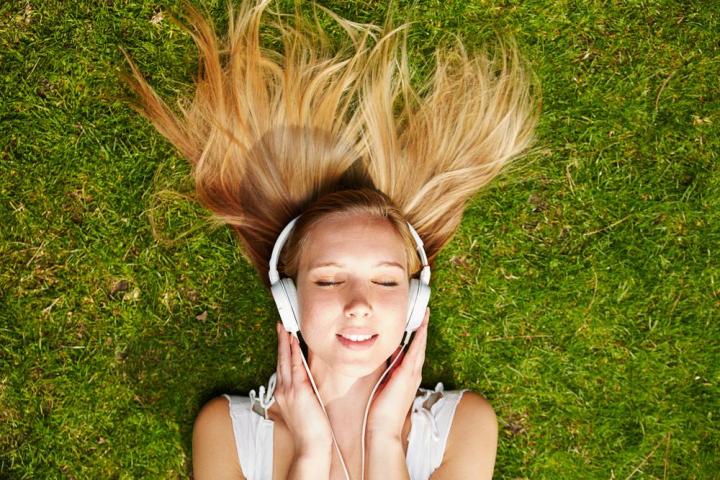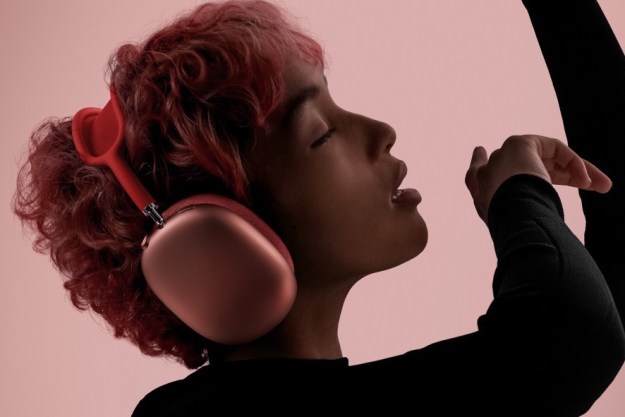
While the merits of streaming music’s economic viability are still up for debate, there’s no debating the medium is here to stay. And if you need proof, we’ve got a number for you: one trillion. That’s right we said trillion — as in a one with 12 zeroes after it. According to a new report from Next Big Sound — which acquired data from YouTube, Spotify, SoundCloud, Pandora, Rdio, Vimeo, and Vevo — that’s how many songs have been streamed in just the first six months of 2015 alone.
To put that number into perspective, that averages out to over 140 streams for every single living human being on the planet. And the figure doesn’t even include streams from Apple Music, which has reportedly amassed 11 million trial users since its launch at the end of June.
“Music industry” and “growth” don’t often go together these days. American recorded music industry revenues are less than half what they were in 1999. Digital download and CD sales are on a slow decline. However, the streaming music industry has been rapidly increasing — producing $1.87 billion for the US music industry last year. And while it’s still far from a mature (or even profitable) industry, the latest numbers show nothing short of a streaming revolution when it comes to the world’s listening habits.
A trillion streams in six months is a massive number any way that you look at it, especially considering that Next Big Sound recorded just 450 billion streams for all of 2014. The 2014 data didn’t include Pandora, however, so it’s hard to gauge the total rise. Still, there’s plenty of room for growth in streaming music on the horizon. As Forbes points out, a report from the International Federation of the Phonographic Industry claims that 35 percent of consumers have accessed free music streaming services in just the last six months.
The rapper Drake is leading the streaming revolution so far this year. He’s the most streamed artist on Pandora, Rdio, and Soundcloud according to the report. Other standouts from the report’s most streamed artists list includes Scottish musician and DJ Calvin Harris taking the top spot on Spotify, and Maroon 5 coming out at number one on the YouTube charts.
Streaming music consumption is undoubtedly on the rise. Now, for musicians and streaming services alike, the real question is: Which streamer can convince more of these voracious listeners to pay a $10 monthly subscription fee?
Editors' Recommendations
- Tidal vs. Spotify: Which music streaming service has the features you need?
- Sonos adds Dolby Atmos Music and hi-res audio support for Amazon Music
- Amazon Music expands spatial audio to more devices
- AT&T is renaming its streaming video service yet again
- Amazon Music unveils hosted streaming radio service dubbed DJ Mode


